Read the original article.
(First published in ITS International January/February 2016 as “‘Free’ lease spurs LA-wide parking upgrade”)
David Crawford investigates an innovative public/private partnership
Los Angeles entered the second decade of the 21st century facing major challenges to its parking operations. With a population of 3.8 million, and its car-oriented culture still predominant, the city’s parking meters were technically outdated – with most only accepting coins and many regularly out of service – resulting in a substantial loss of revenue. This coincided with a number of Californian cities looking to parking income to boost their budgets.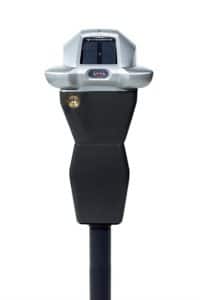
However in 2012 the LA Department of Transportation (LADOT) set the scene for a wide-scale programme – the latest phase of which was completed in November 2015.
The starting point was that, with a planned rise in parking rates inevitably going to highlight the inconvenience of continuing coin-only payment, officials knew that the enabling of card payment was a priority. It is now available city-wide.
They also calculated that once they were no longer restricted by the coins in their pockets, drivers would be likely to overestimate the amount of parking time they needed to purchase.
But securing the money to finance the upgrade was an obstacle.
An LADOT spokesperson told ITS International: “At the time, the city had no budget to buy new meters.” To break the impasse, and enable it to move quickly, it started considering a public-private partnership.
At this stage the San Diego-based IPS Group, which was within the scope for procurement, proposed a three-year lease-to-own contract for the new technology it was offering. In addition, the city was also able to have this technology installed in its existing single-space meter housings, so saving on costs.
LADOT senior transportation engineer Dan Mitchell commented: “IPS Group was the only company who could bring about quick implementation on the streets.”
Having faith in the increased revenue its new meters would generate, the group agreed that LADOT’s monthly lease payments would not exceed the additional parking revenue. Therefore, compared to the status quo, the lease was essentially free.
The city experienced the expected increase in revenue (partly because drivers were spending more freely via cards) and lower maintenance costs. At the same time, IPS Group had the benefit of a highly visible showcase for its products.
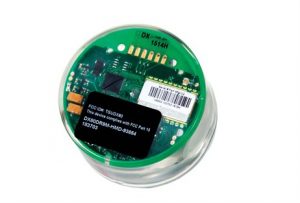 The lease-to-buy was structured so that at the end of three years the city owned the meters outright at no additional cost.
The lease-to-buy was structured so that at the end of three years the city owned the meters outright at no additional cost.
“It was a win/win agreement,” IPS’ director of marketing, Stephanie Simmons, told ITS International, adding: “This would work anywhere where there is good baseline usage data and lease financing is an available option.”
The company has since developed its own offer for the on-street occupancy sensors needed to deliver availability information to parking management and app-equipped drivers. Both sensors and the meters are integrated into the group’s own data management system for wireless communication with LADOT’s operations centre, enabling remote condition monitoring and ‘repair needed’ alerts, configuration and data analytics. IPS Group provides custom reports as needed.
The early initiative paved the technological path for the large-scale LA Express Park Programme, implemented in conjunction with Xerox as prime contractor. This aims to improve parking availability and reduce congestion through the use of dynamic, demand-based pricing and time limits based on actual occupancy, with information available to motorists via dynamic message signs and the city’s interactive voice response Metro Go511 system.
The idea is that if people know in advance when parking demand is going to be high, they can change their plans in favour of carpooling, biking or public transport.
Subsequently an app devised by Parkmobile enables those driving initiate and pay for a parking session using their smartphones.
Xerox’ Merge parking management system (which can accommodate input from a range of equipment suppliers) hosts the pricing engine that recommends changes at 6,000 meters in designated project areas, using algorithms developed by the company’s research centre in France.
The latest phase of LA’s Express Park was rolled out in in Westwood district in November 2015. The area was experiencing increasing traffic congestion and parking demand due to growing levels of retail and entertainment activity.
The latest single-space meters, of which IPS Group is now the city’s sole supplier, are solar powered (with battery backup), designed for retrofit and offer payment by coins, credit/debit card, smartcard, smartphone or contactless (using NFC technology). New Express Park rollouts are planned for the Hollywood, Venice Beach and University of Southern California/Coliseum Stadium areas. Meanwhile, IPS and LADOT are piloting a new generation of vehicle occupancy sensors that fit into domes on the top of the meters to eliminate the need for in-ground embedding and the company soon hopes to be in the European market.
10 most promising applications for VRUs
• Blind spot detection using in-vehicle sensors
• Pedestrian detection using in-vehicle sensors and emergency braking
• Intelligent pedestrian detection at crossings
• Adaptive zebra crossing lighting
• Detection by vehicles of tag-wearing VRUs
• Bicycle parking guidance
• C-ITS communications between bicycles and other vehicles
• Bicycle green wave
• Intersection safety assist – infrastructure-based detection of vehicles, VRUs and collision risks; C-ITS communications with vehicles; flashing alert to VRUs
• C-ITS communications between powered two-wheelers and other vehicles
CBA for ITS for VRUs
The EC-funded Framework Programme 7 VRUITS (Vulnerable Road User Intelligent Transport Systems) project includes developing CBA methodology to evaluate the benefits of ITS interventions for VRUs. There are many systems to support and protect VRUs, but there has been little work on CBA-related issues.
VRUITS first defined the needs of specific VRU groups, then assessed how ITS might improve their safety, mobility and comfort by identifying the 10 most promising applications (see table). It then devised relevant CBA parameters and a ‘business as usual’ baseline. There then followed analyses of the respective costs (initial and ongoing) depending on whether the application was infrastructure- or user-based.
The expected effects in safety, mobility, access and comfort (as well as any environment and social equality benefits) need be quantified and monetised. The hope is for positive outcomes, but this cannot be assumed.
This process will provide a reasonably accurate CBA expressed in terms of net present value (NPV), internal rate of return (IRR) and payback period. The final step is sensitivity analysis, with results tested in a range of scenarios to ensure robustness when parameters such as user penetration change.
Key challenges include not being able to construct a single CBA framework for all EU Member States due to divergent safety and mobility parameters as well as variability of data in terms of availability, type and format.
Accurate costs calculations are difficult because scale is a major factor and it is easy to over- or under-estimate economies of scale.
Penetration rates also have a major significance but are difficult to predict in the VRU field where they often depend heavily on political decisions and funding allocations.
Perhaps most importantly, benefits such as increased comfort, both physical and mental, and improved quality of life are notoriously difficult to monetise. If this can be done the benefits will accrue in non-transport cost centres (public health, education or even national ‘happiness’).
VRUITS is making a credible attempt to cover these hard-to-define considerations. This article is based on a paper by Dick Mans of Netherlands-based research consultancy Ecorys, presented at an IBEC working group session during the 2015 ITS World Congress.
Products & Solutions
FULLY INTEGRATED SMART PARKING ECOSYSTEM
Complete parking resource planning, management, and data-driven decision-making power…

SINGLE-SPACE & SENSORS
Creators of the first smart Single-Space Parking Meter.Continual innovation ensures IPS meters are still unmatched…
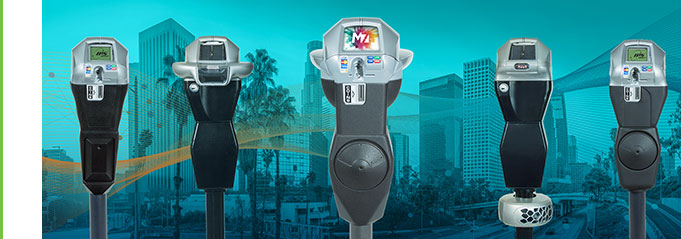
MULTI-SPACE
Unparalleled efficiency and the most flexible user experience of any multi-space meters on the market..
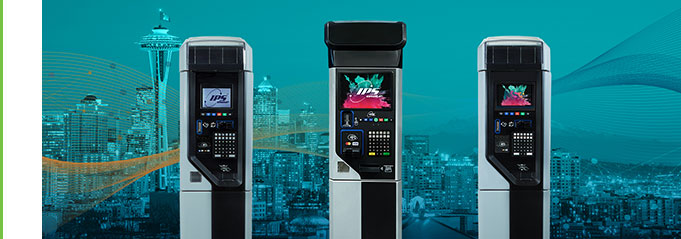
PARKING MANAGEMENT SYSTEM
Measure user trends, drive demand-based pricing, and seamlessly integrate your entire parking network…
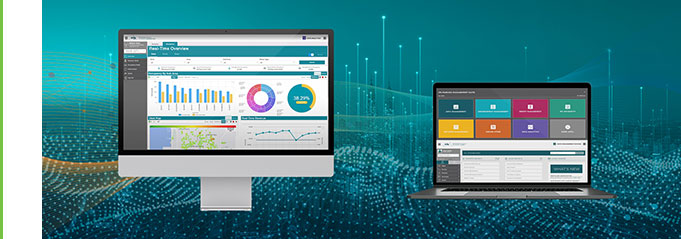
ENFORCEMENT MANAGEMENT
IPS helps you manage citation administration from issuance to collections using real-time technology and dedicated customer service resources…
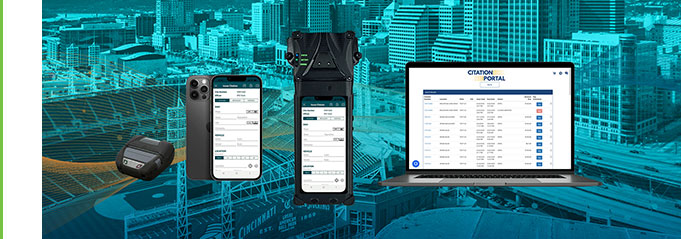
PERMIT MANAGEMENT
Full lifecycle permitting with custom customer-facing website to select, pay, and manage permits…
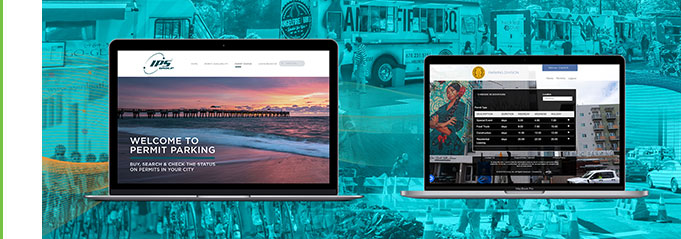
Apps and Services
DIGITAL PAYMENTS PLATFORM
Manage the parking experience on a smartphone

THIRD PARTY INTEGRATION
Streamline operations, improve efficiencies
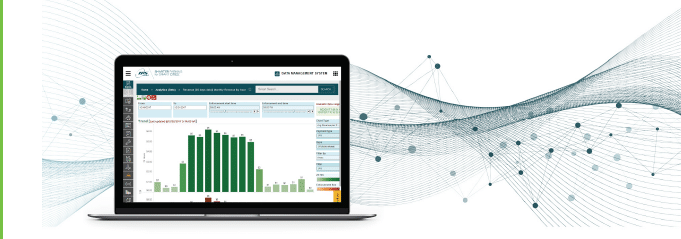
PAYMENT PROCESSING
Saving IPS clients thousands of dollars per month

DMV DATA SERVICES
Compliant Registered Owner data retrieval

Smart Cities
Higher Education
MUNICIPALITIES
Smart Parking is a critical facet of Smart Cities
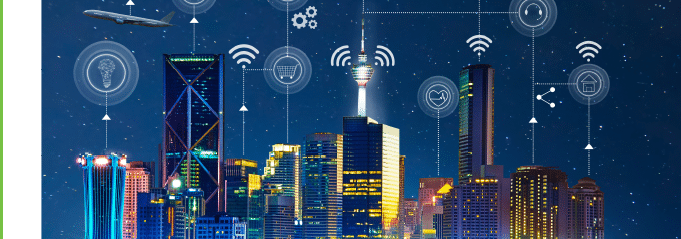
HIGHER ED SMART PARKING
Comprehensive campus parking solutions

Resources
BROCHURES
More information on our products, apps, and services.
CUSTOMER STORIES
Real customers, real success stories.
VIDEOS
Got a minute? These videos will change the way you see parking.
FAQs
Quick answers to common questions…
COOPERATIVE PURCHASING
Streamline your procurement process through a cooperative purchasing program…
Newsroom
NEWS
When IPS hits local and national news…
BLOG
The latest smart parking updates…
PRESS RELEASES
What’s new and coming soon for IPS Group…

Company
COMPANY PROFILE

PATENTS

EVENTS

AWARDS

PCI CERTIFICATION & COMPLIANCE

SUSTAINABILITY INITIATIVES

CAREERS

